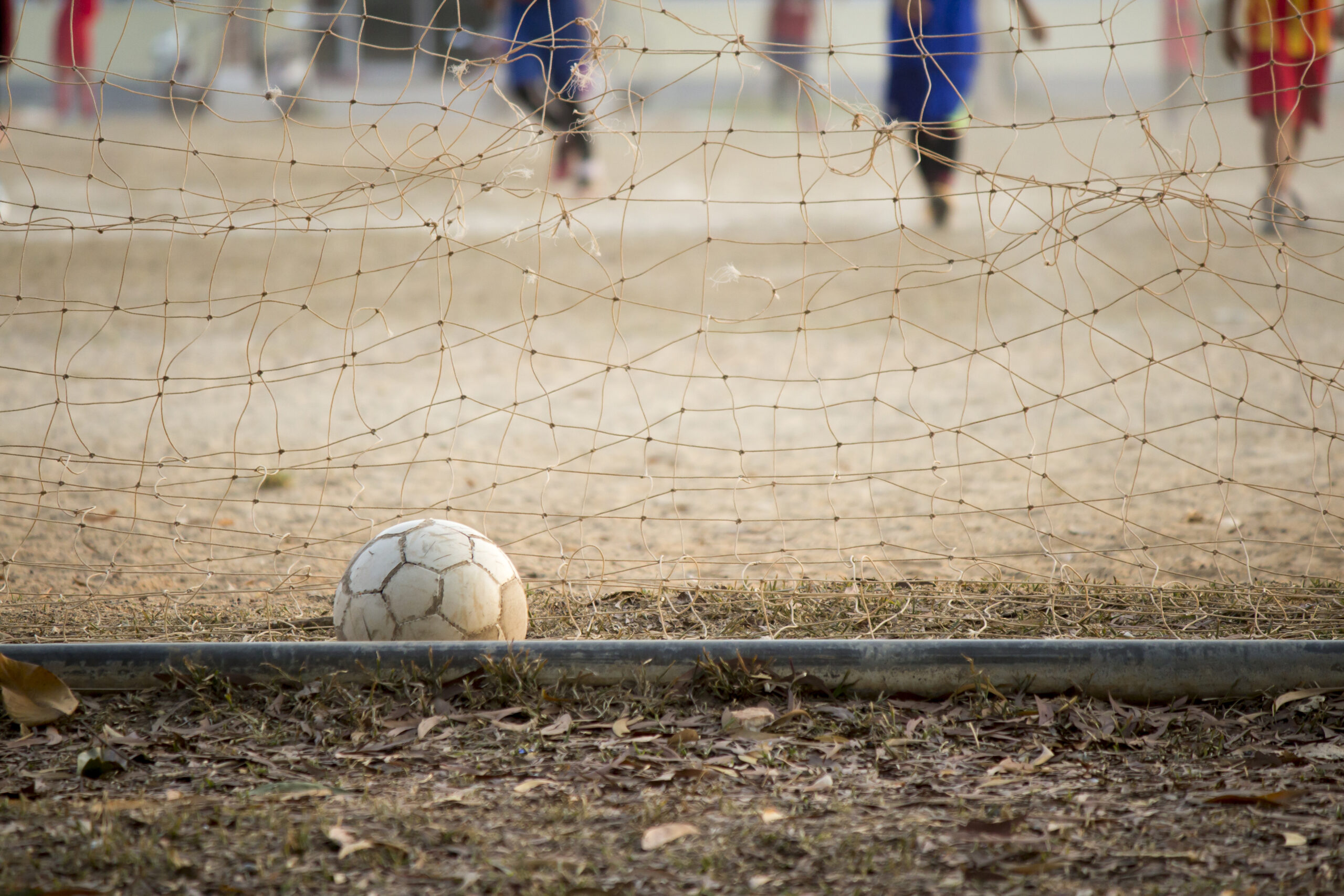Marcelo T. de Alvear 684, 7° piso, Buenos Aires, Argentina.
In working-class neighbourhoods, abandoned public spaces are never left empty. The space left by the state is filled by crime and drug trafficking. Caught in the middle are the children. We asked residents what they needed to be able to grow up in the neighbourhood without fear. No one asked for more prisons. They asked for education, sports and recreational facilities; in other words, a club. In a club, children swap the street corner for the playing field.
A sports club can be a very effective security policy. Not only does it prevent kids from turning to crime, but it functions as a reference point and a place of belonging. We worked in Nuevo Alberdi Oeste for six months, conducting 169 home interviews and focus groups to discover how a club can transform a neighbourhood.






